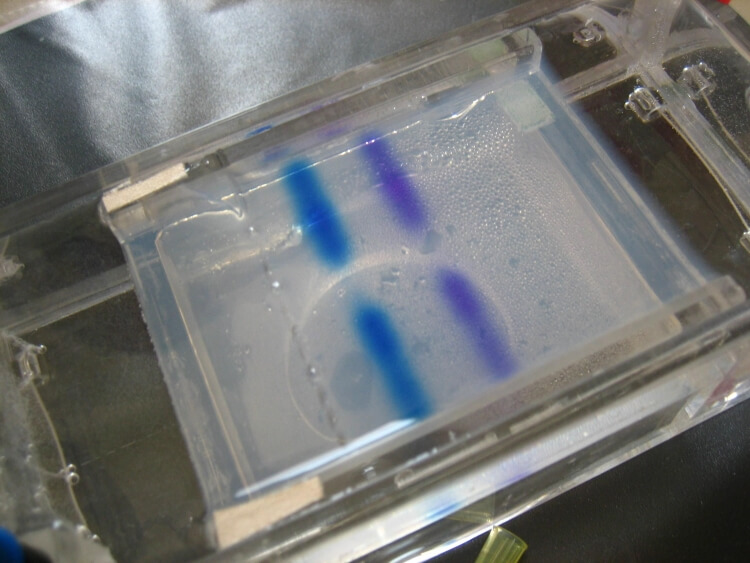3h
Rat UGT1A1(UDP Glucuronosyltransferase 1 Family, Polypeptide A1) ELISA Kit
Rat UGT1A1(UDP Glucuronosyltransferase 1 Family, Polypeptide A1) ELISA Kit
100ng/mL
Sandwich
0.61ng/mL
1.56-100ng/mL
Enzyme & Kinase;
Rattus norvegicus
ELISA Enzyme-linked immunosorbent assays Code 90320007 SNOMED
UGT1; GNT1; UGT1A; UDPGT; HUG-BR1; UGT1-1; Bilirubin-specific UDPGT isozyme 1; UDP-glucuronosyltransferase 1-1
E05 478 566 350 170 or Enzyme-Linked Immunosorbent Assays,E05 478 566 350 170 or Enzyme-Linked Immunosorbent Assays
Rats are used to make rat monoclonal anti mouse antibodies. There are less rat- than mouse clones however. Rats genes from rodents of the genus Rattus norvegicus are often studied in vivo as a model of human genes in Sprague-Dawley or Wistar rats.
The test principle applied in this kit is Sandwich enzyme immunoassay. The microtiter plate provided in this kit has been pre-coated with an antibody specific to UDP Glucuronosyltransferase 1 Family, Polypeptide A1 (UGT1A1). Standards or samples are then added to the appropriate microtiter plate wells with a biotin-conjugated antibody specific to UDP Glucuronosyltransferase 1 Family, Polypeptide A1 (UGT1A1). Next, Avidin conjugated to Horseradish Peroxidase (HRP) is added to each microplate well and incubated. After TMB substrate solution is added, only those wells that contain UDP Glucuronosyltransferase 1 Family, Polypeptide A1 (UGT1A1), biotin-conjugated antibody and enzyme-conjugated Avidin will exhibit a change in color. The enzyme-substrate reaction is terminated by the addition of sulphuric acid solution and the color change is measured spectrophotometrically at a wavelength of 450nm ± 10nm. The concentration of UDP Glucuronosyltransferase 1 Family, Polypeptide A1 (UGT1A1) in the samples is then determined by comparing the O.D. of the samples to the standard curve.
